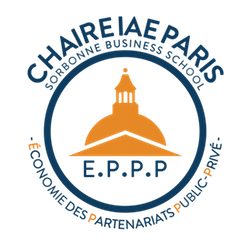The economics of street-level prostitution in Paris during the ‘Belle Epoque’ (1870-1914)

June 2020 In: Applied Economics — Alexandre Frondizi and Simon Porcher
Abstract
How can districts become completely embedded in informal economies despite harsh state regulation? In this paper, we use qualitative and quantitative data to explain the increasing number of ‘clandestine’ street-level prostitutes in a district of Paris during the Belle Epoque (1870–1914). Using an original dataset on street-level prostitutes, we describe the economics of street-level prostitution at the time: street prostitutes were young, unskilled and relatively well paid; they tended to work with pimps who were from the same area and clustered in neighbourhoods where they could compete with regulated brothels. Street prostitutes generated profits not only for themselves but also for a whole range of actors, thereby switching the whole local economy to this industry at the expense of the formal economy.
